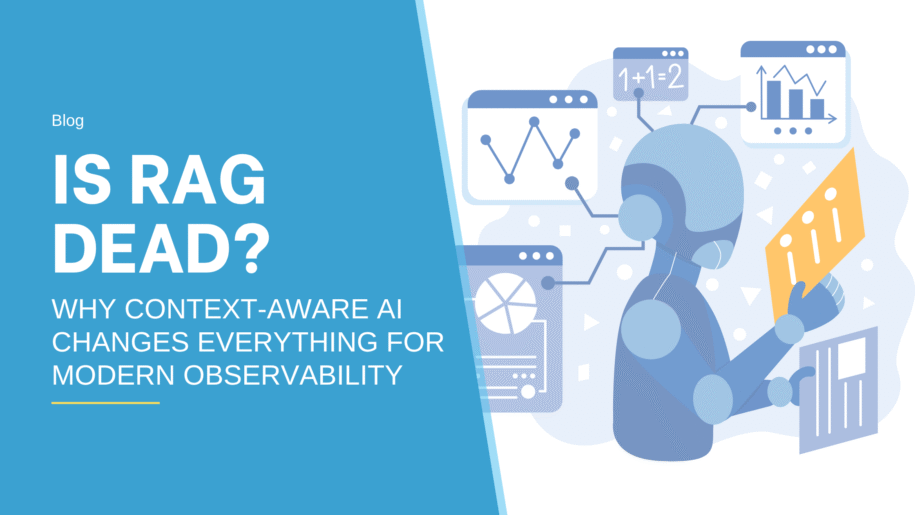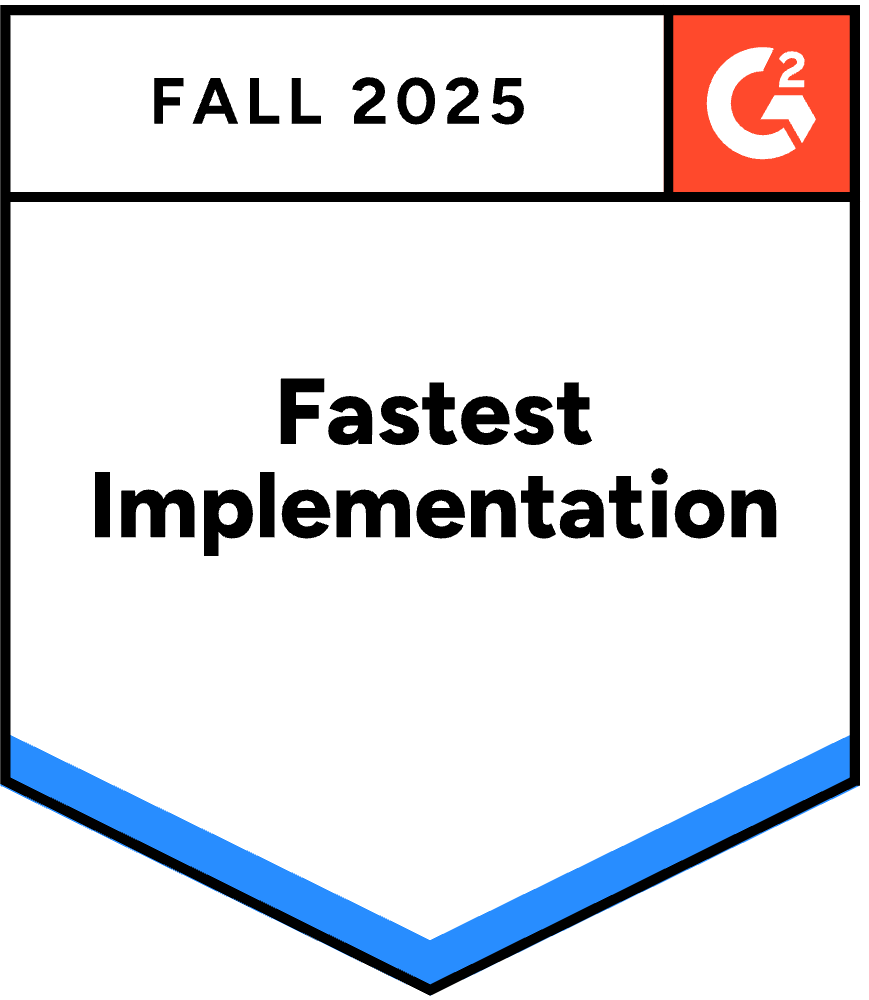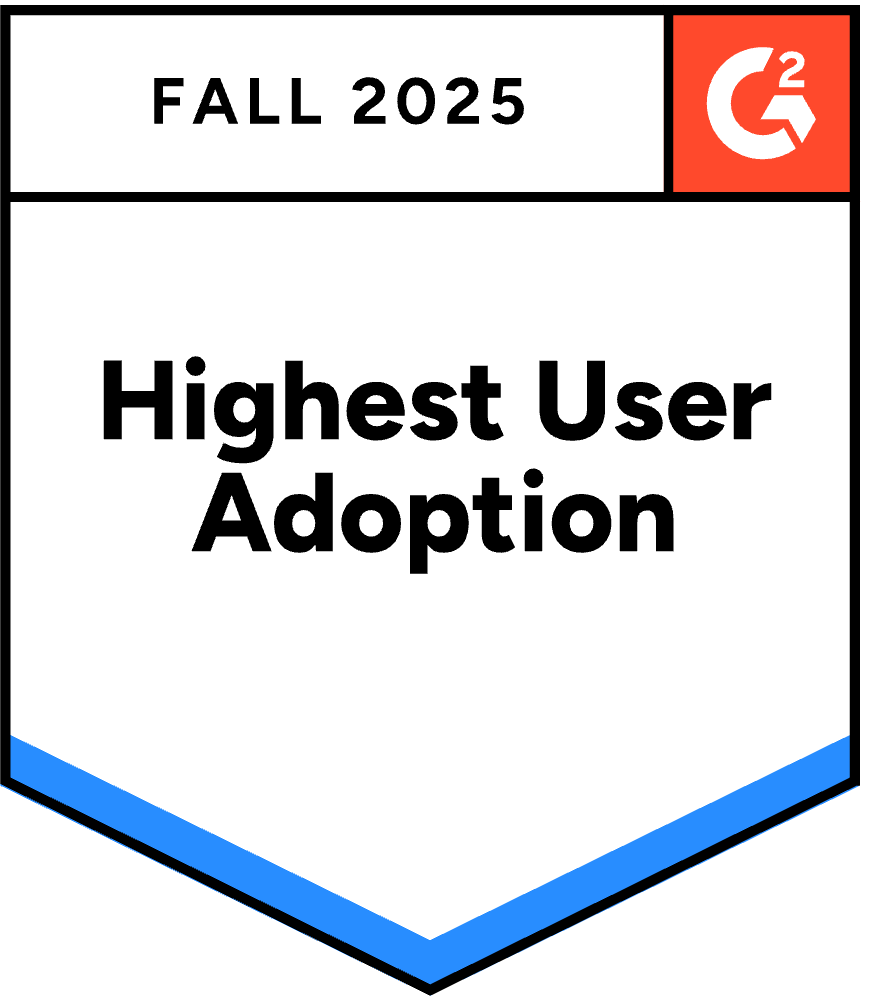Many developers have struggled with the limitations of RAG systems in production environments. You ask your monitoring AI a specific question about an error, and it returns generic troubleshooting steps that miss your application’s unique context. Here’s how the industry is solving this problem — and what it means for observability.
The Context Problem: When Good Data Goes Bad
Picture this: You’ve integrated AI into your monitoring workflow. A critical alert fires at 3 AM: “Database connection timeout in payment service.” You ask your AI assistant for help, and it confidently responds with generic database troubleshooting steps. Great, except… which database? Is this the known issue with your legacy payment gateway? What was the workaround your team discovered last month?
If you’ve worked with AI-powered monitoring, you’ve hit this wall. The challenge isn’t that AI lacks knowledge — it’s that it lacks your knowledge.
Understanding Why Standard RAG Systems Fail
In a typical RAG (Retrieval Augmented Generation) pipeline, here’s what happens:
- Break documentation into chunks
- Generate embeddings for each chunk
- Store these in a vector database
- Find semantically similar chunks for queries
- Feed these to an LLM for answers
This works beautifully for general queries. Ask about “database optimization techniques” and you’ll get relevant information. But when you need specifics about your database, your architecture, your known issues — that’s where things fall apart.
Imagine your incident history contains multiple entries about “connection timeouts.” When the system chunks this information, that critical detail saying “timeout occurs only with PostgreSQL 9.6 during batch jobs” gets separated from the context, identifying it as “resolved by increasing connection pool to 150.”
The Industry’s Answer: Contextual Retrieval
Leading AI researchers have introduced a deceptively simple solution that shows remarkable results — up to a 49% reduction in retrieval failures. The core idea: don’t just store information, store it with its context.
Let’s look at a real observability example:
Original chunk: “Increase connection pool size to resolve timeout”
Contextualized chunk: “For PostgreSQL 9.6 timeout issues during nightly batch processing on the payment service, increase connection pool size to 150. This resolved incident INC-2341 on 2024-03-15.”
Now your AI has the full picture. When someone asks about “payment service database timeouts,” it can provide specific, actionable guidance.
Why This Matters for Observability
The numbers are compelling. Organizations implementing contextual AI for observability report:
- 35% reduction in retrieval failures using contextual embeddings alone
- 49% improvement when combining contextual embeddings with keyword search
- 67% faster incident resolution when context is immediately available
But here’s where it gets really interesting for ops teams. When you add re-ranking on top of contextual retrieval, error rates drop from 5.7% to just 1.9%. That’s the difference between generic advice and precise, actionable guidance during an outage.

The Implementation Challenge
You might be thinking, “Great idea, but I’m not manually adding context to thousands of operational documents.” This is where modern platforms come in. The process typically involves:
- Automated Context Generation: Using LLMs to analyze documents and generate contextual descriptions
- Intelligent Chunking: Breaking information into meaningful segments while preserving relationships
- Dynamic Enrichment: Continuously updating context as new incidents and solutions are documented
Note: This is exactly the approach taken by platforms like FusionReactor’s OpsPilot Knowledge, which automatically maintains context about your infrastructure, known issues, and resolution strategies.
What Should You Add to Your Contextual Knowledge Base?
Based on industry best practices, here are the six essential categories:
1. Infrastructure Diagrams
Your AI needs to understand how services interact. Network topology, service dependencies, and data flow diagrams provide crucial context for troubleshooting.
2. Complete Service Documentation
Not just API specs, but operational knowledge: deployment procedures, rollback strategies, known limitations, and performance baselines.
3. Customer-Facing and Internal Documentation
Your AI should understand both what you’ve promised customers and how you actually deliver it. This prevents suggestions that might work technically but violate SLAs or business logic.
4. Known Issues and Patterns
Document recurring problems and their solutions. “Every Monday at 9 AM, the cache service spikes due to weekly report generation” is invaluable context during troubleshooting.
5. Incident History
Previous incidents, root causes, and resolutions create a robust knowledge base. Your AI can recognize patterns and suggest proven solutions.
6. Framework and Library Documentation
Include documentation for your specific versions of frameworks and libraries. Generic Spring Boot advice may not be applicable to your specific version with custom configurations.
The Trade-offs: Understanding the Costs
Adding context isn’t free. Consider these factors:
- Storage overhead: Each chunk grows by 50-100 tokens
- Processing costs: One-time LLM processing for context generation
- Maintenance burden: Keeping context current as systems evolve
Industry estimates suggest about $1.02 per million tokens for initial processing. However, features like prompt caching can reduce this by up to 90% for similar documents.
When Context-Aware AI Makes Sense
Use contextual AI when:
- Your infrastructure has multiple services, environments, or deployment patterns
- You need accurate, specific guidance for production issues
- The cost of generic or incorrect advice is high (production systems)
- You have accumulated operational knowledge worth preserving
Consider alternatives when:
- Your system is simple with few moving parts
- You have a small team that knows everything
- Documentation is minimal or rapidly changing
Real-World Implementation Tips
Based on organizations successfully implementing contextual AI:
- Start with high-impact knowledge: Begin with your most common incidents and their resolutions
- Customize context generation: A prompt for infrastructure diagrams needs a different context than incident reports
- Integrate with existing workflows: The best systems integrate with Slack, Jira, and other tools teams already use
- Measure and iterate: Track whether responses are helping resolve issues faster
For example, FusionReactor users report that starting with incident history and known issues provides immediate value, while infrastructure diagrams become more valuable as the system learns your architecture.
The Bigger Picture: RAG Isn’t Dead, It’s Evolving
With LLMs sporting ever-larger context windows, you might wonder if RAG is becoming obsolete. The evidence suggests otherwise. Even with 200K+ token context windows, RAG remains more cost-effective and scalable for large knowledge bases. Contextual retrieval enhances RAG, not obsoletes it.
Think of it this way: long-context LLMs are like having perfect recall of everything currently in front of you. Contextual RAG is like having an experienced engineer who not only remembers everything but understands how it all connects.
Looking Forward: The Future of Observability AI
As observability platforms evolve, we’re seeing a shift from generic AI assistants to context-aware systems that truly understand your environment. This isn’t just about better search results — it’s about AI that can reason about your specific architecture, recognize your unique patterns, and provide guidance tailored to your operational reality.
The next time your monitoring AI returns a frustratingly generic answer, remember: it’s not that AI isn’t powerful enough. It just needs to understand your context. Contextual retrieval ensures every query comes with a map to the right answer.
Conclusion
Contextual AI represents a fundamental shift in how we approach observability. By ensuring AI systems understand organizational context, we’re not fighting against the limitations of generic models — we’re transcending them.
For teams managing complex production systems, this approach provides a clear path to more intelligent and actionable monitoring. The investment in building contextual knowledge pays dividends every time an incident strikes and your team has immediate access to relevant, specific guidance.
Ready to implement contextual AI in your observability practice? Begin by documenting your most critical operational knowledge and selecting a platform that can effectively maintain and leverage this context.
Want to see contextual AI in action? FusionReactor’s OpsPilot Knowledge implements these principles, allowing teams to build context-aware observability that understands their unique environment. Learn more










